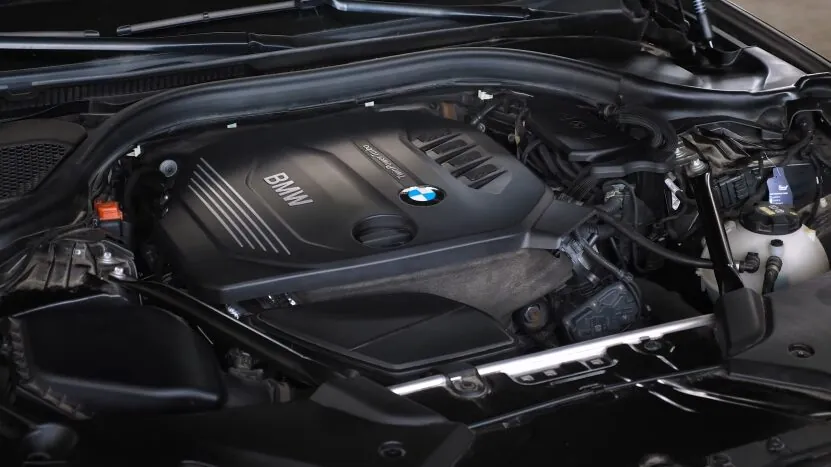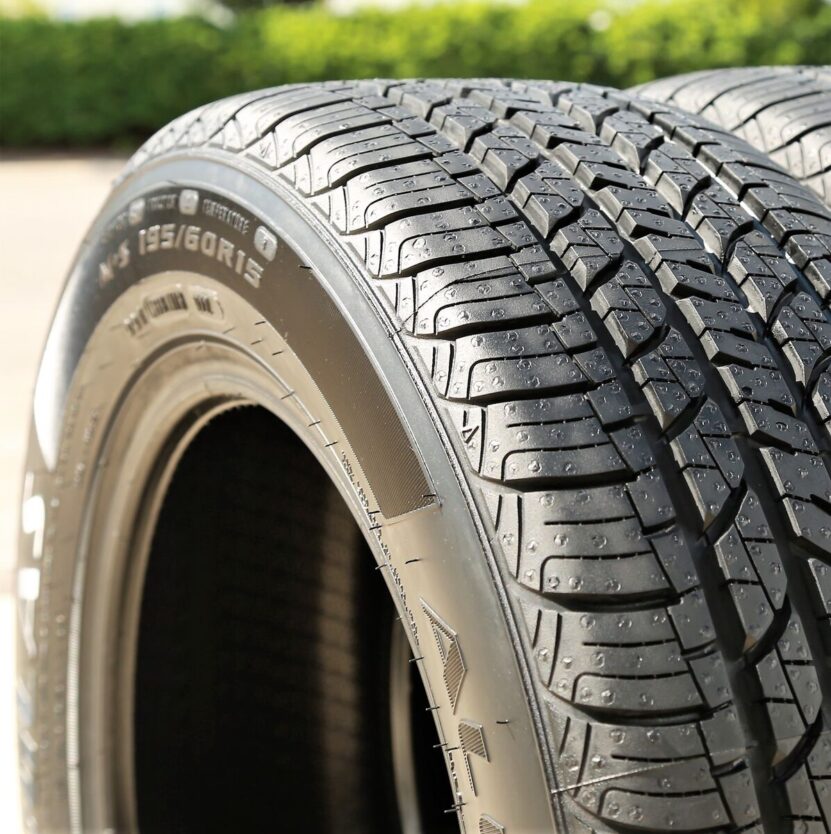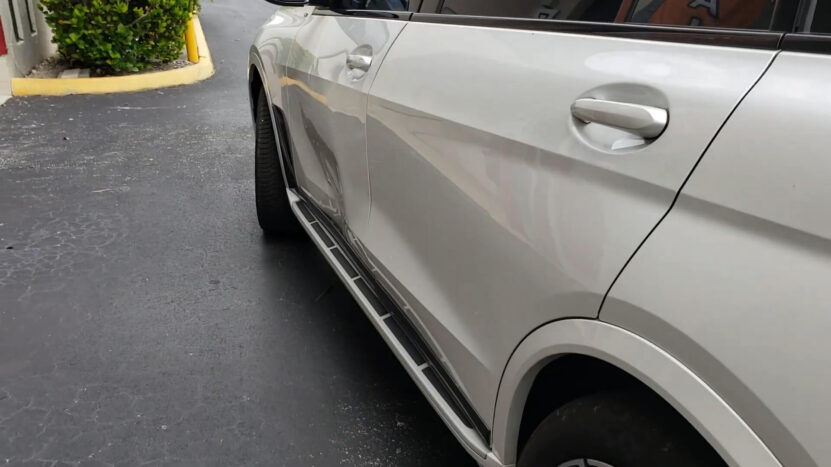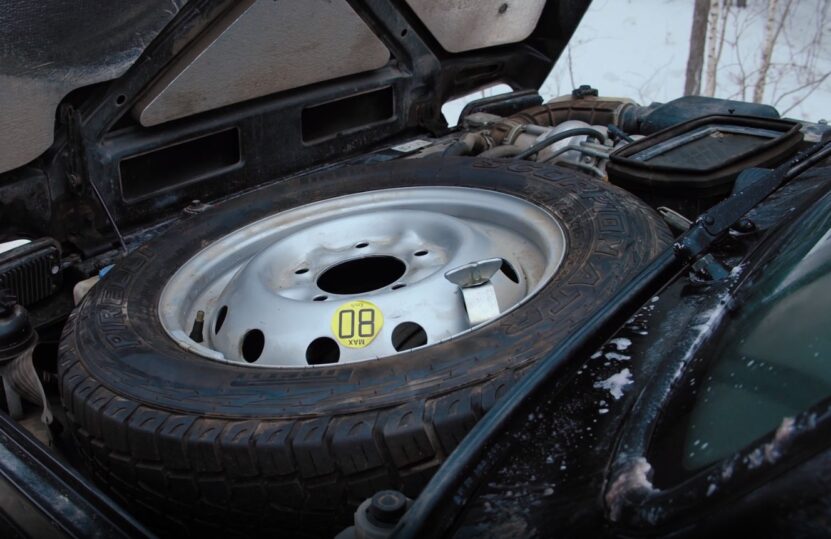
Share Post:
Imagine you’re on a road trip, miles from the nearest town, when suddenly you hear that dreaded thump-thump-thump: a flat tire. After a moment of frustration, you remember the spare tire in your trunk. Relief washes over you, but then a question arises: How long can you actually drive on that spare tire?
This isn’t just a question of convenience; it’s a matter of safety and planning. In this comprehensive guide, we’ll talk about the ins and outs of spare tires, from the quick fixes to the long hauls, ensuring you’re equipped with the knowledge to handle this bump in the road.
Key Takeaways
Temporary Spare Tires (Donut Spares)
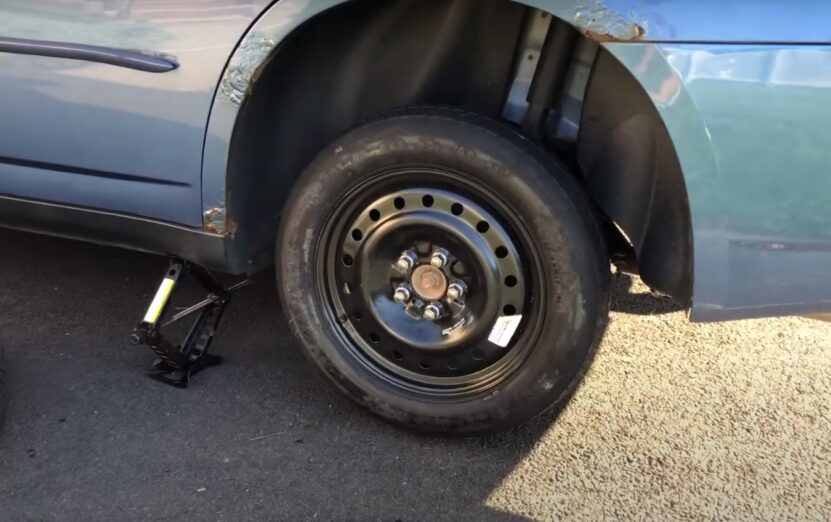
| Feature | Description |
| Size | Smaller than regular tires |
| Speed Limit | 50 mph maximum |
| Distance Limit | 50 miles maximum |
Temporary spare tires, or “donut” spares, are compact and lightweight, designed specifically for short-term use to ensure you can reach the nearest tire repair shop safely. Their smaller size means they have a higher rotation speed than standard tires, which can affect the vehicle’s handling and stability.
The restrictions on speed and distance are not arbitrary but are based on extensive testing to ensure driver safety. Ignoring these guidelines can significantly increase the risk of an accident or damage to the vehicle’s drivetrain components.
Always check the condition of the donut spare regularly, as its smaller size and unique composition can lead to quicker deterioration over time.
Full-Size Spare Tires
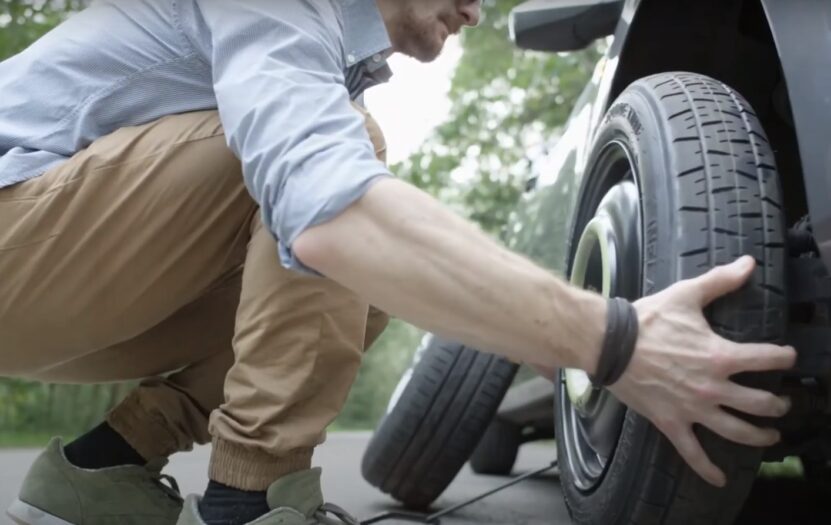
| Feature | Description |
| Size | Matches regular tires |
| Speed Limit | No specific limit, normal speeds recommended |
| Distance Limit | No specific limit, but replace it as soon as possible |
Full-size spare tires are an exact match in size to your vehicle’s regular tires and can be used at normal driving speeds for longer distances. However, even though they match in size, the difference in tread patterns between the spare and the regular tires can affect the vehicle’s handling and overall driving experience.
It’s crucial to monitor the spare tire’s condition and air pressure, as neglect can lead to inadequate performance when you need it most. Integrating a full-size spare into your vehicle’s tire rotation pattern can help ensure even wear and extend the life of all tires, including the spare.
Keep in mind that the goal is to minimize the time spent driving on the spare to maintain optimal driving conditions.
Space-Saver Spare Tires
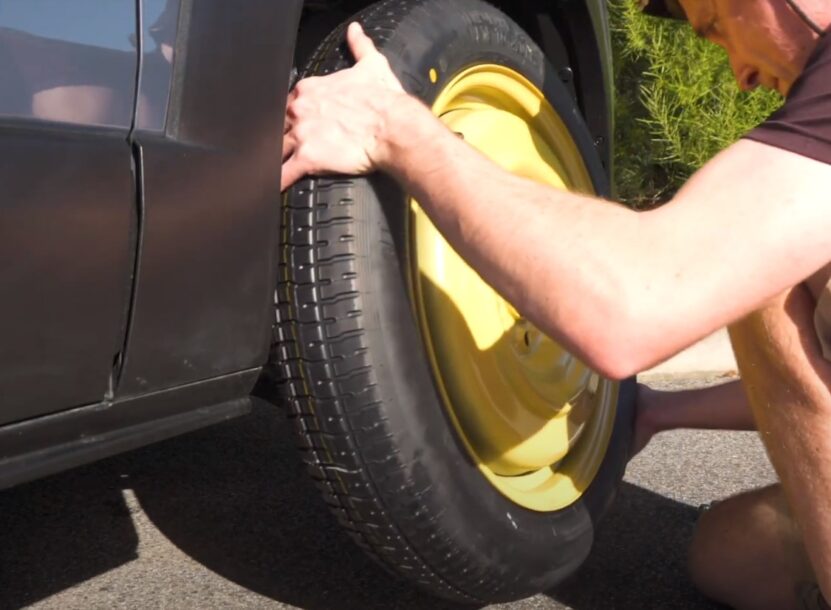
| Feature | Description |
| Size | Smaller than regular tires |
| Speed Limit | 50 mph maximum |
| Distance Limit | 50 miles maximum |
Space-saver spares are a compact solution designed to minimize the impact on vehicle storage space while providing a temporary fix in the event of a flat tire. Like donut spares, they are not intended for long-term use or high-speed travel.
Their reduced size and traction can significantly affect the vehicle’s performance, particularly in adverse weather conditions or emergency maneuvers. Regular inspection of a space-saver spare is essential, as its unique design and infrequent use can lead to unnoticed deterioration over time.
Utilizing a space-saver spare requires careful driving, with an emphasis on reaching a service location as safely and swiftly as possible.
Expandable/Inflatable Spare Tires
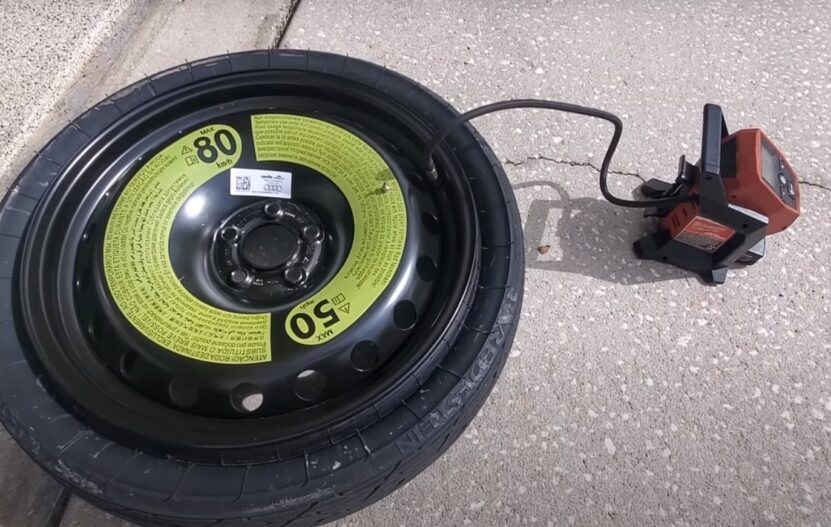
| Feature | Description |
| Preparation | Requires inflation before use |
| Components | Non-inflated tire, rim, and air compressor |
| Usage | Ready to use once inflated, for emergency situations |
| Vehicle Types | Common in luxury and some newer models |
Expandable or inflatable spare tires represent a modern approach to the traditional spare tire, offering a balance between convenience and functionality. These spares are stored deflated and are inflated using an included air compressor when needed.
This design allows for significant space savings without sacrificing the safety net of having a spare tire. However, familiarity with the inflation process is crucial, as improper inflation can lead to tire failure. Regular checks to ensure the compressor’s operability and the tire’s integrity are vital components of vehicle maintenance.
Run-Flat Tires
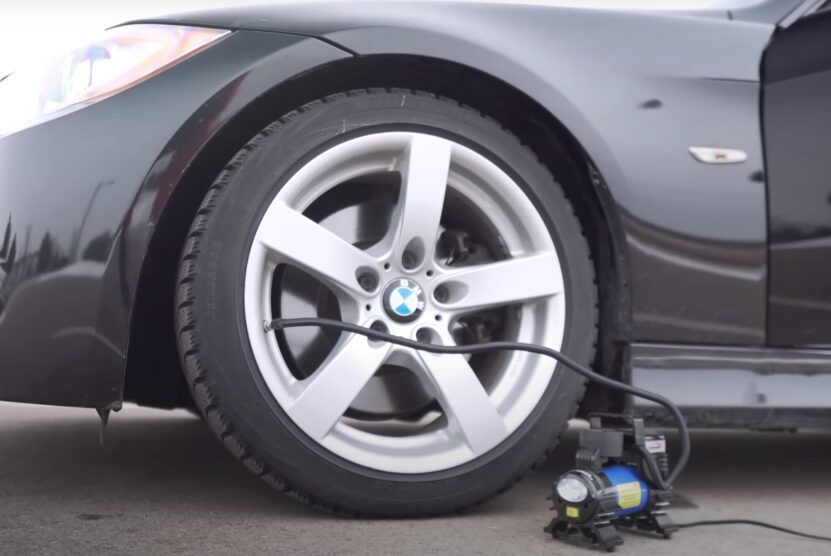
| Feature | Description |
| Puncture Resistance | Can be driven on despite losing air pressure |
| Distance Limit | Limited, varies by manufacturer |
| Inspection | Necessary after pressure loss to avoid further damage |
| Design | Reinforced sidewalls to support the vehicle without air |
Run-flat tires offer a unique advantage by allowing you to continue driving for a limited distance after a puncture, eliminating the immediate need for a spare tire. This technology can provide peace of mind, especially in areas where stopping might be unsafe.
However, run-flat tires are not invincible and require prompt attention after a pressure loss event to ensure they haven’t suffered irreparable damage. The cost of run-flat tires and their replacement can be higher than standard tires, making it important to weigh the benefits against the potential costs.
Should You Rely on Spare Tires Long-Term?
The answer is a big NO. Relying on a spare tire for an extended period can compromise your vehicle’s handling, safety, and efficiency. The differences in size, traction, and wear between spare and regular tires can lead to uneven tire wear, increased fuel consumption, and even damage to the vehicle’s suspension and transmission systems.
Adhering to your vehicle manufacturer’s guidelines for spare tire use is crucial for maintaining your vehicle’s performance and safety on the road. Regular maintenance and inspections can help ensure that both your regular and spare tires are in optimal condition, and ready to serve their purpose when needed.
FAQs
Can I use a temporary spare tire from another vehicle model on my car?
It’s not recommended to use a temporary spare tire from a different vehicle model due to potential differences in tire size, load capacity, and wheel bolt pattern. Using an incompatible spare can lead to vehicle handling issues and safety risks.
How often should I check the air pressure in my spare tire?
You should check it at least once a month and before any long trips. Spare tires can lose pressure over time just like regular tires, and maintaining the correct pressure is crucial for their proper function when needed.
Is it safe to drive on a highway with a space-saver spare tire?
While it’s technically possible to drive on a highway with a space-saver spare tire, it’s important to not exceed the 50 miles per hour speed limit recommended for these tires. High speeds can increase the risk of tire failure and affect vehicle handling.
Can I repair a punctured run-flat tire, or does it need to be replaced?
Some punctured run-flat tires can be repaired, depending on the extent of the damage and the manufacturer’s recommendations. However, not all tire shops are equipped to repair run-flat tires, and in some cases, replacement might be the only option.
How does using a full-size spare tire affect my vehicle’s fuel efficiency?
Using a full-size spare tire can affect your vehicle’s fuel efficiency slightly if the spare’s weight significantly differs from that of the regular tires. However, the impact is usually minimal compared to using a temporary spare tire.
Can I use an expandable/inflatable spare tire more than once?
Yes, expandable/inflatable spare tires can be used more than once, provided they are not damaged and are properly deflated and stored after each use. However, it’s important to inspect the tire for any wear or damage before each use to ensure it’s safe.
The Bottom Line
While spare tires are invaluable in a pinch, they are not a long-term solution. It’s important to understand their limitations and use them correctly. The goal is to ensure your safety and prevent further damage to your vehicle.
So, the next time you find yourself reaching for that spare tire, keep these guidelines in mind and make your way to a tire repair shop as soon as possible.

